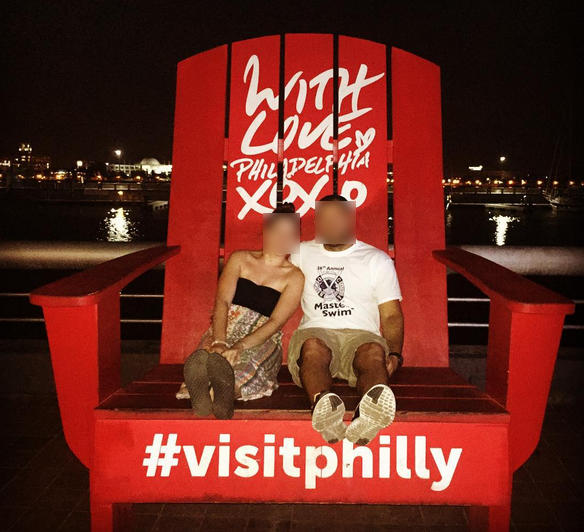Travel marketing experts are often among leaders using digital marketing and social media to convey their message and connect with travelers and potential clientele. A while back I shared with you 4 creative uses for Instagram in destination marketing, and many more hospitality stakeholders have since embraced the power of photos and videos to tell their story and get customer engagement, prior to, during and after their trip.
Instagram continues to makes strides within the travel marketing realm, as travelers and travel brands alike grow to appreciate and use the mobile application acquired by Facebook back in 2012.
In August, Instagram announced it will evolve and move away from its known square-photo format in order to allow panoramic shots as well. Not to mention ads now rolling out to mainstream access…
Destination Selfies, Japanese Style!
And then Tourism Australia comes along, with its Giga Selfie initiative. As you can see in the video below, this campaign aims the Japanese traveler market, tapping into an already hugely popular phenomenon – taking selfies – and bringing it to the next level through this new feature.
In selected destinations, such a Gold Coast over the past weekend, Japanese travelers (or anybody using the Japanese language mobile application) can snap pictures of themselves… and reveal lots more about the location where they are at! A great way to show more and influence travelers’ circles of friends and colleagues back in Japan.
Note that Japan is an important country to Tourism Australia with more than 320,000 travelers in the past year, representing $1.4 billion in visitor spend.
How long until we see a similar campaign here in North America or in another friendly country?
Bringing it offline
Still, I am curious to see how this campaign will play out and how it will be promoted to Japanese travelers, and perhaps eventually other countries too. You see, one of the biggest challenges in getting traction for these types of initiatives is to reach a critical mass of people participating.
Which is why an offline component is usually required in order to take people by the hand and motivate their participation.

The above picture, a big chair promoting the #VisitPhilly hashtag aligned with Philadelphia’s ongoing “With Love” campaign is a great example. Many other destinations, hotels and attractions have also caught on and put up billboards, signs or photo ops to let people know of the campaign hashtag to use, making it easier for travelers to tell their story.
Now if we could see what was actually behind the above chair with a GIGA-like initiative, wouldn’t that be cool? DMO marketing managers, take note!









Leave a Reply